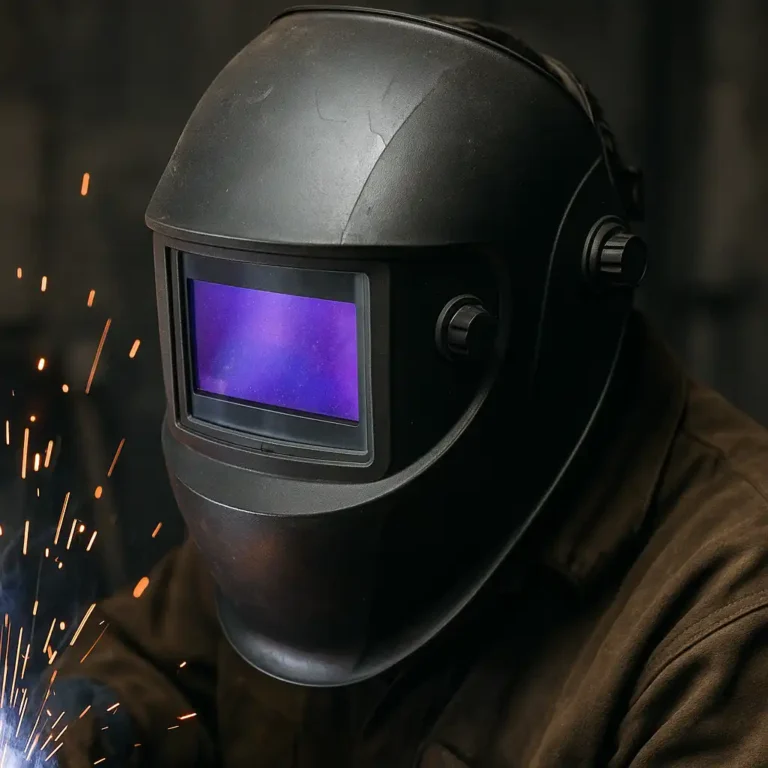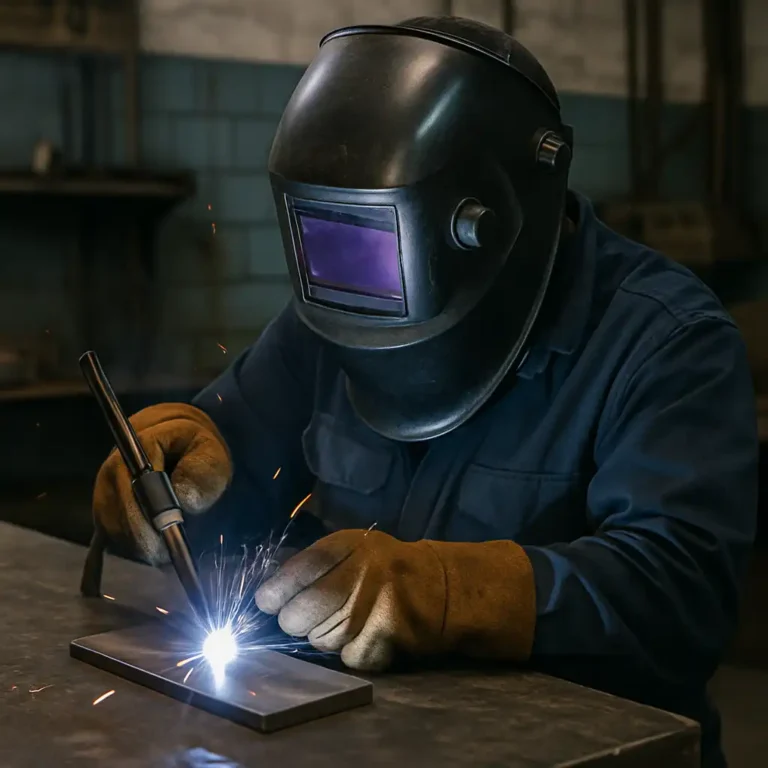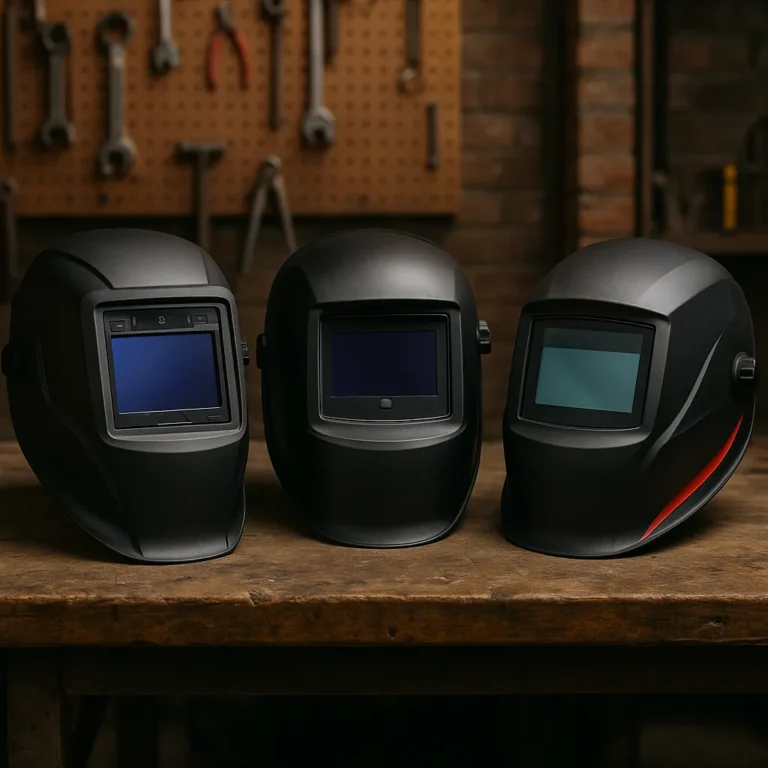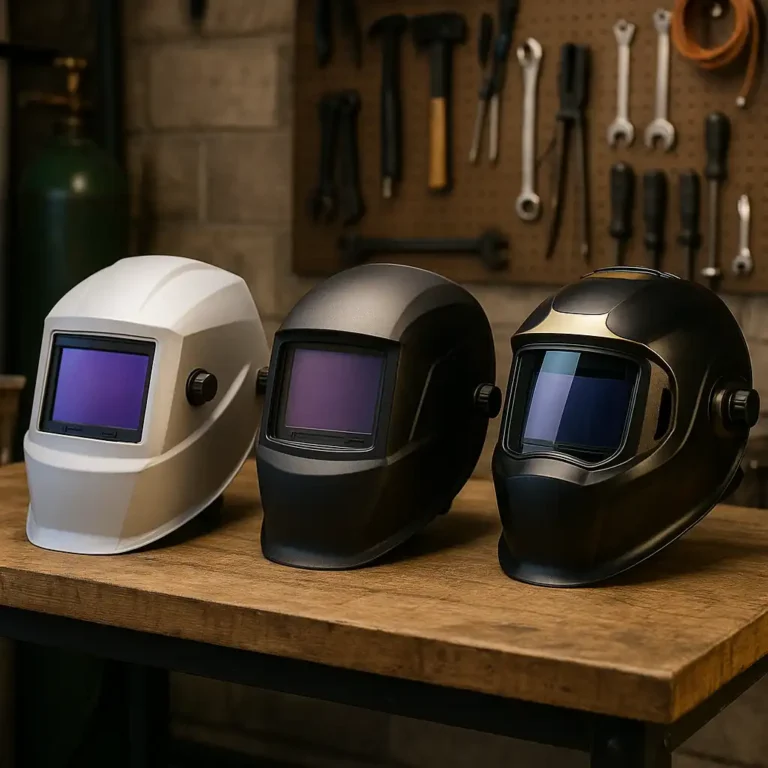Best Welding Helmet with Respirator for Clean Breathing and Clear Vision
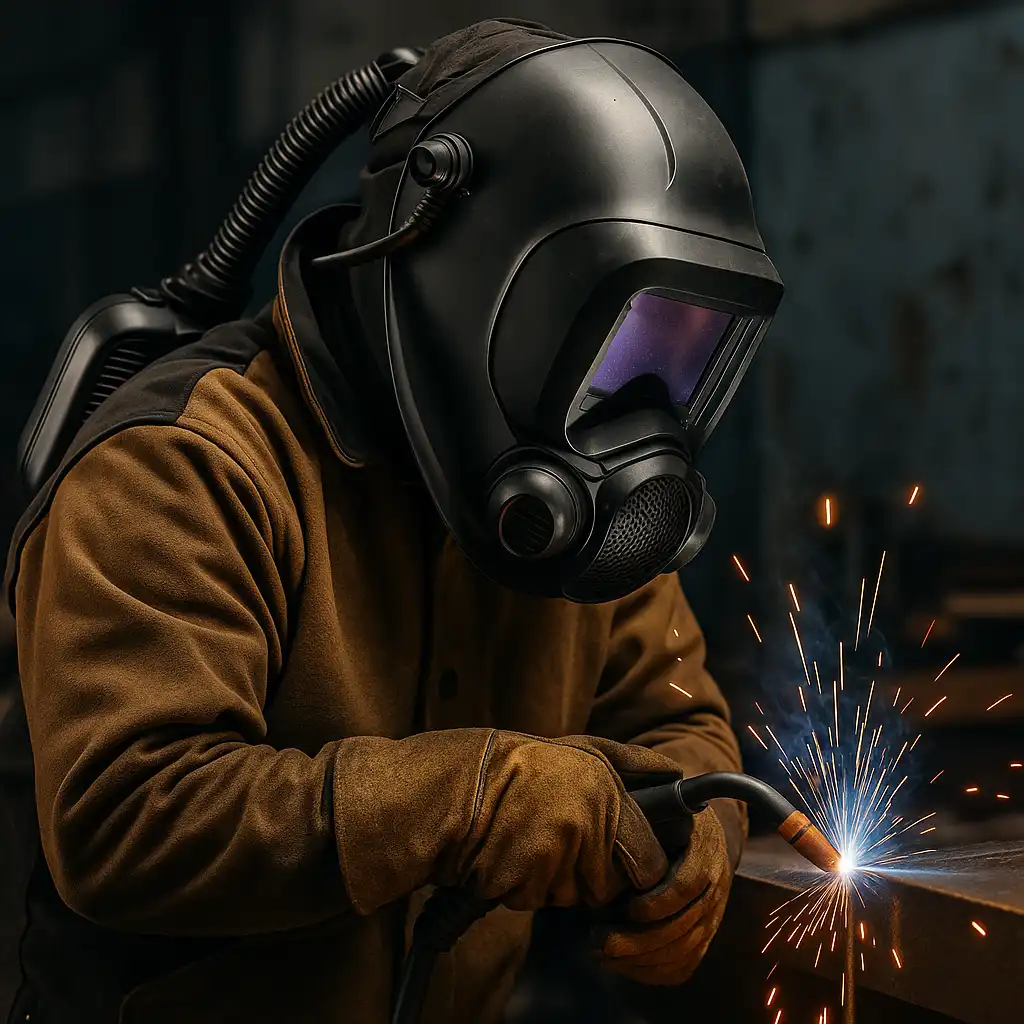
Disclosure: This post contains affiliate links. As an Amazon Associate, I earn from qualifying purchases—at no extra cost to you.
Welding in tight spaces or poorly ventilated areas can be rough—especially when you’re dealing with smoke, fumes, or coatings like galvanized steel. A standard helmet protects your eyes, but it won’t help your lungs. That’s where a welding helmet with a built-in respirator steps in.
These helmets combine auto-darkening lenses with powered air-purifying respirators (PAPR), giving you both visibility and clean air. Whether you’re welding all day or just a few hours in your garage, the right helmet can make your job safer and more comfortable.
Built-In Respirators Make a Real Difference
Traditional welding hoods might keep sparks at bay, but they don’t filter the air. If you’re welding metals like stainless or zinc-coated steel, exposure to fumes can lead to fatigue—or worse.
The 3M PAPR welding helmet offers dependable airflow and a secure seal. It’s widely trusted in environments like shipyards, pipeline work, and heavy fab shops. Although it’s on the heavier side, welders often say the comfort and respiratory protection far outweigh the added bulk.
Wide View for Better Control
For welders who need precision—especially those doing TIG or intricate fabrication—a broad field of view helps track every movement. The ANDELI helmet stands out with its panoramic 180° viewing area, making it easier to maintain arc control without constantly repositioning.
Welder feedback on forums highlights its comfort, reliability, and lens clarity. It’s a solid fit for shop projects and long welding sessions where visibility matters just as much as clean air.
A Budget-Friendly Option That Works
If you’re not ready to invest in a high-end setup, the YESWELDER Q800D provides a practical alternative. It includes auto-darkening tech and a PAPR system, making it a strong pick for farm work, home repairs, or light fabrication.
According to user reviews, it’s not the quietest blower unit out there, but for welders who only need respiratory protection occasionally, it offers solid value without skimping on essential features.
Check Price & Availability
If you’re ready to invest in cleaner air and more comfortable welds, here are three helmets worth checking out:
View on Amazon – 3M PAPR Welding Helmet (Auto Darkening, Air Purifying Respirator)
View on Amazon – ANDELI Welding Helmet (180° View, Auto Darkening, PAPR)
View on Amazon – YESWELDER Q800D Helmet (Auto Darkening, PAPR, Budget Pick)
Conclusion
A welding helmet with a built-in respirator isn’t just nice to have—it’s a smart investment in your health and comfort.
Choose the 3M model if you need maximum protection and work in high-fume environments.
Go with the ANDELI if visibility and comfort are your top priorities.
Opt for the YESWELDER Q800D if you’re on a budget but still want respiratory support.
These helmets help you breathe cleaner, stay focused longer, and weld with peace of mind.

